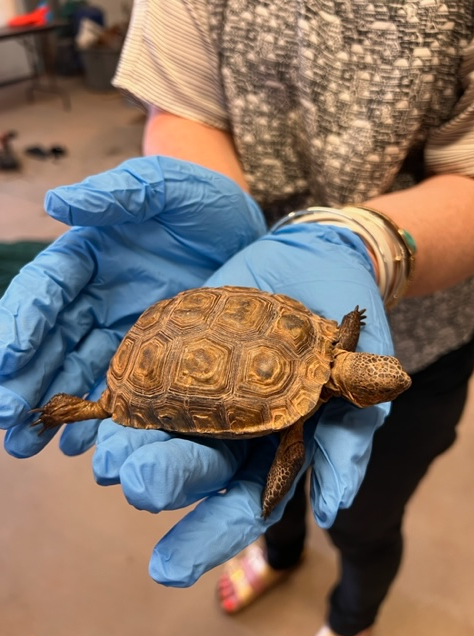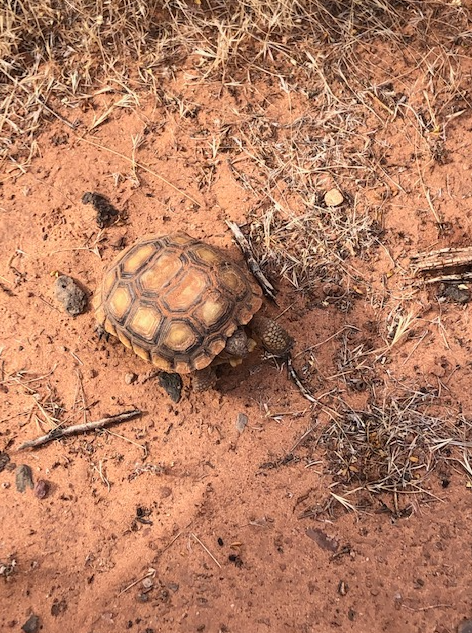Here’s how you can meet a desert tortoise — without shelling out any money

CEDAR CITY, Utah (ABC4) — The Utah Division of Wildlife Resources announced Tuesday that it is hosting a brand-new, never-before-seen event: A desert tortoise meet-and-greet.
The tortoise viewing event is scheduled for Saturday, April 27, from 11:30 a.m. until 2:30 p.m. at the Chuckwalla Trail Head in Snow Canyon State Park. DWR has promised visitors an “up-close encounter” with the Mojave desert tortoise.
Utah chub illegally introduced at Millsite Reservoir, puts bluehead sucker population at risk
While the family-friendly event is free, visitors are encouraged to register online. Additionally, visitors will receive a parking pass instead of paying the entrance fee for the park.
Visitors are encouraged to bring drinking water and clothing that is appropriate for the weather. Biologists will be at the event to help answer visitors’ questions and to help them learn more about the reptiles.
Learn more about the Mojave desert tortoise


The DWR said the Mojave desert tortoise can be found in southwestern Utah, among other locations. It is also found in southern parts of Nevada, western Arizona and even southeastern California.
The tortoise is often found in grasslands and at the bottom of canyons or rocky hillsides, and spends most of its time in burrows, caves or rock shelters to regulate their body temperature, the DWR said.
Desert tortoises spend most of their day underground and typically come out when temperatures cool down or after “significant rainfall,” according to the DWR.
In 1990, this species of tortoise was listed as threatened under the Endangered Species Act, which means they are protected both at the federal and state level.
“Desert tortoise populations are vulnerable to habitat loss or degradation because of their life history,” DWR Southern Region Outreach Manager Adam Kavalunas said.
Kavalunas said the lifespan of a desert tortoise is estimated to be from 50 to 80 years, but it takes the tortoises 13 to 20 years before they are able to reproduce.
“Once they do reproduce, their offspring have high mortality rates from predators,” Kavalunas said.
The DWR said the Mojave desert tortoise is different from the Sonoran desert tortoise, which is found south and east of the Colorado River.
Female desert tortoises usually lay their eggs underground during late spring and early summer, the DWR said. Young tortoises have “a specialized egg tooth” that they use to remove themselves from the eggs.
To learn more about the Mojave desert tortoise and get the chance to meet one, register online for the DWR’s event.
For the latest news, weather, sports, and streaming video, head to ABC4 Utah.

